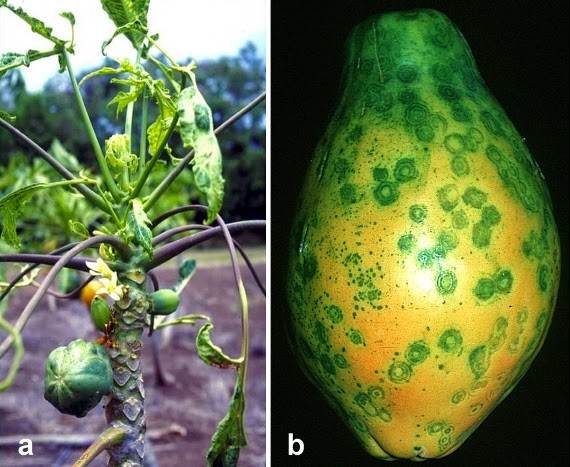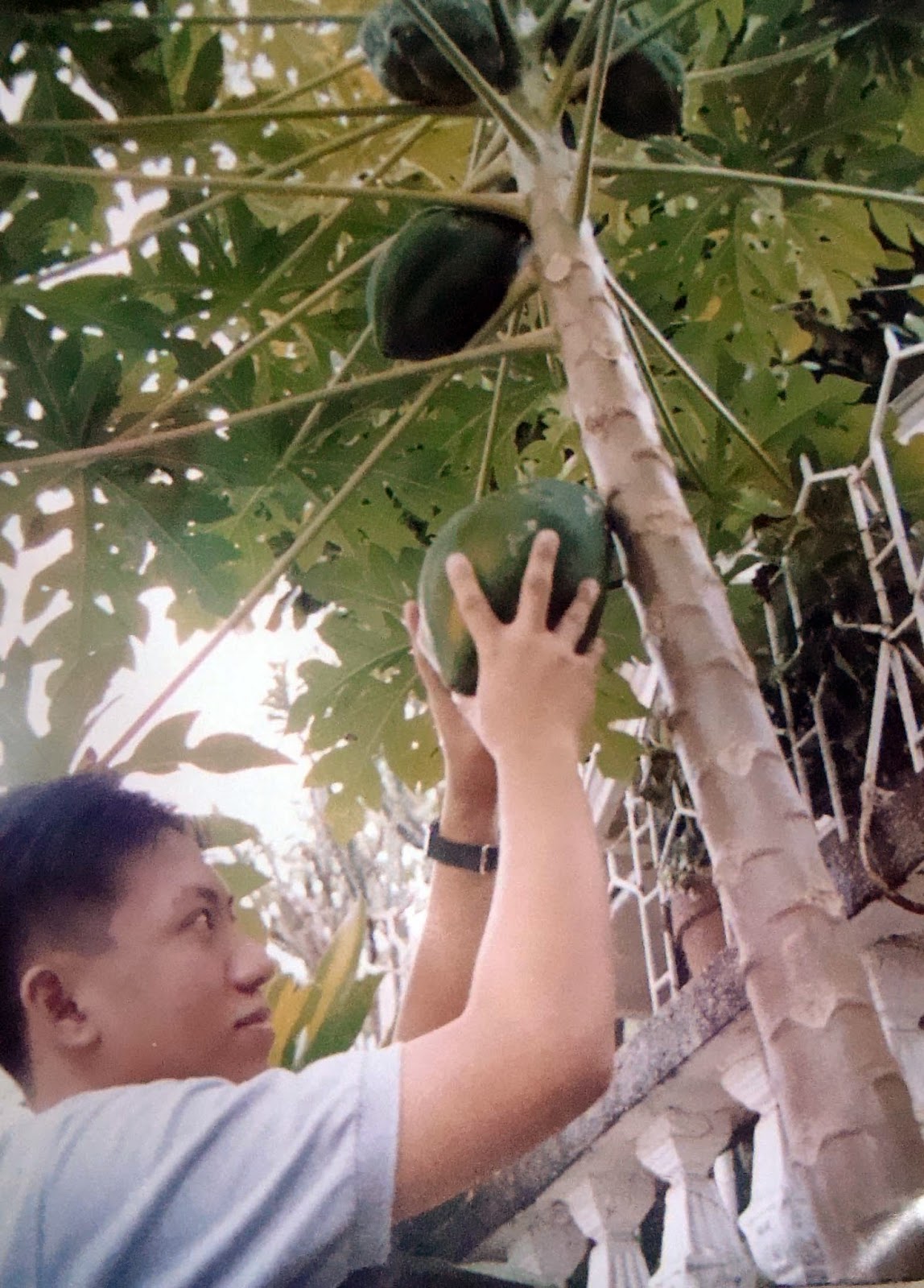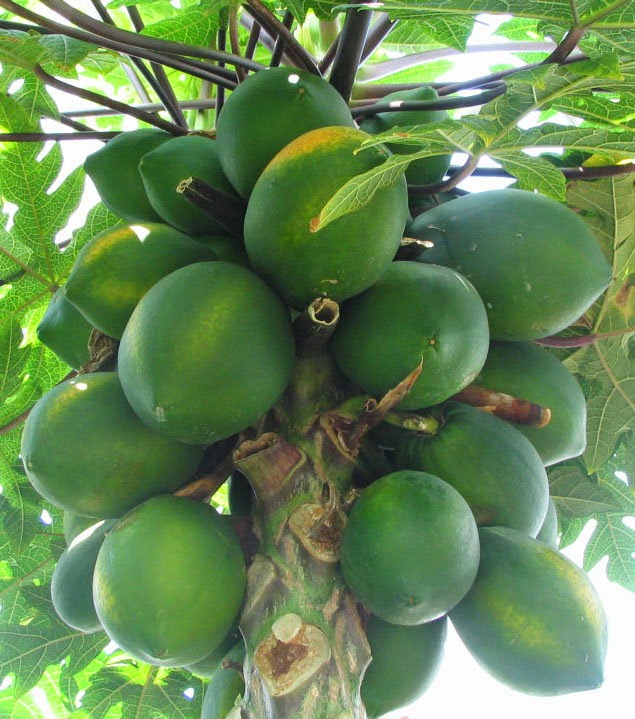Here is a practical guide to attain a happy love life.
1. Avoid stress and fatigue, and avoid smoking, alcohol, drugs, and food additives, as these accumulate toxic wastes in the body thus interfering with the body physiology. Avoid exposure to pollutants and chemicals. Poor diet, lack of exercise and nervousness, also interfere with the proper functioning of our brain which diminish sexual vitality. Condition your mind before love making by affirming happy, loving, and caring thoughts. Maintain trust and confidence with your partner. Be calm, patient and kind. Remember that the body responds with what the mind dictates.
2. It is a fact that married people live longer and happier than single or divorced people. Single and divorced people are hospitalized more often, their death rate is twice, and they are more prone to nervous breakdown. Sex stimulates and rejuvenates our glands, particularly the hypothalamus of the brain which is the sex center. Active sex life helps prevent diseases and illnesses, by enhancing natural immunity. Since every part of our body is exercised during lovemaking- from the heart to the nerve endings. Sex is perhaps the best test of vitality and health.
3. There are people who are highly sexual, while others have very little interest in sex. This is human nature and there is no “norm” in this regard. However, good sexual attitudes can be developed. For example, proper advice can help a person overcome an experience that may be the cause of lack of interest in sex. Improvement in health leads to a more positive sex attitude. Recognize that lovemaking is teamwork, that the satisfaction of one can lead to satisfaction of the other. Age is another factor to sexuality. Although younger people are generally more aggressive, there are people in their middle or late age who can maintain the same level of sexual activity. Others become more aggressive in their middle age.
4. Keep your body healthy and attractive. This is the key to natural sexuality. Grooming cultivates natural beauty, irrespective of the color of the skin, shape of nose or eyes, height and built, etc. good health gives the gait in your movement, twinkle in your eyes, shine and flow in your hair, firmness of your muscles. It contributes to good posture. It makes your skin glow and lovable to be touched. It helps develop your personality to become likable and attractive. Magnetic personality, napapalingon, nakakapansin, pogi, sexy, are all related to body beautiful. Remember that natural beauty is a holistic expression, not only external attributes, but of qualities that emanate from within. It is an expression of “a healthy mind in a healthy body”, plus good character and fine culture.
5. Freedom and responsibility are inseparable in the defining sex. This is a simple guideline that governs human sexual behavior.
CONSENTING ADULTS, IN PRIVACY, WITHOUT COERCION OR HARM TO ANYONE, CAN ENGAGE IN ANY KIND OF SEXUAL BEHAVIOR THEY DESIRE.
6. Be aware of the other attendant responsibilities in sex, such as the subject of pregnancy of sexually transmitted diseases. Sex education gives emphasis to responsibility in sex and marriage, particularly among young people.
![]()
![]()
7. A natural clock governs every person in his system. This is often referred to as biological rhythm. Although there is a general plan on how this internal clocks works, no two persons are tuned in to the same pattern - not even husband and wife. Try to live by your own biorhythms and learn to adjust with those of our partner. Recognize your moods and energies that change with the time of the day and night, with months and seasons. Lovemaking is mutually fulfilling when both partners have synchronized biorhythms. Generally human body is dynamic that it can reset itself daily and adapt to the changes in the environment.
8.Sex can become monotonous especially with modern life. Many people find little time to express tender love with sex. They employ a number of ways to vary their sexual expression as not merely satisfying a desire, feeling relieved and exhausted afterward - or just for the sake of giving in to their partner. Many more miss the spiritual element of lovemaking, whereby the act is a means to sustain a passionate emotion from which follow exhilaration, and a great feeling of satisfaction. Mantra yoga and Karezza are two Oriental lovemaking techniques that help transform an ordinary sex- oriented relationship into a loving, tender and harmonious one, enhancing a love-oriented relationship that bring together body, mind and spirit.
9.Food, Rest, Exercise and sunlight = Health (FRESH). This formula is easy to remember. Watch out for the food that you take. Eat health foods, and avoid those in the list of Don’t Eat which your family doctor gave you. A vegetarian is healthier and lives longer. Remember there is no substitute to adequate sleep. Maintain a healthy sleeping habit. Take a rest between heavy schedules, and avoid buildup of tension. Relax. Exercise regularly within your natural capacity. Do not over exercise. You need sunlight, more so if your are an office worker. Sunlight perks you up, breaks monotony, and takes out the blues in your life. It makes us closer to nature, and takes us to outdoor adventure. All these make a happy love life with your partner.
10.Be aware that of all creatures on earth only humans are endowed with sexual freedom which can be summarized as follows:
1. Sexual expression is not restricted to estrus periods or seasons of the year.
2. Humans have the ability to match their sexual desires with their moods and feelings. Hormones influence, but not dictate, sex life.
3. Humans can choose various sexual positions, instead of being restricted to one as in the case of animals.
4. Meaningful spiritual love and emotional feelings multiply the ecstasy of physical pleasure.
11.Learn to read and understand the sexual cycle. A woman’s menstrual cycle dictates her sexual moods. They feel sexiest at the midpoint of their menstrual cycle. There are people who are sexier in the morning than at night. There are also those who feel sexier in summer than during cool months, or vice versa. There are also times when men become sexier and this is indicated by rapid growth of their beard. Studies show that the most active time for sexual activity is in the evening, but lovemaking at this time is poor since the androgens (love hormones) are low. (They are highest between 8 to 12 a.m., and lowest at 6p.m.) Evening is convenient to most working people. If this is not enough, make up for it during weekends.
12.Reduce meal size as the day progresses and avoid high calorie snacks in the evening. But do not skip breakfast or lunch. Carbohydrates help calm and focus the mind. Protein food boosts mental energy, but avoid fatty foods when you want to be mentally alert. When planning out an active evening, like going to a concert, holding a party, or having a date, reduce your dinner, with protein food preferred over fatty and carbohydrates food. Coffee makes you awake, and drinking may delay your regular bedtime or makes you fall asleep. If you want to wake up refreshed and alert do not take alcohol in the evening before.
![]()
13.An enduring and fulfilling love life is one that shared together by husband and wife. Here are the basic elements essential to a lifelong relationship: trust and confidence, empathy (feeling with the older person), marriage (sex outside marriage cannot remain meaningful and does not usually last). Then there are seven virtues of married life, which a couple must mutually uphold at all times.
The seven virtues of married life
• tenderness
• courtesy
• sociability
• understanding
• fairness
• loyalty
• honesty
14.One must free his or her mind from fallacies and myths about sex.
One thousand-and-one myths
• A woman never forgets her first lover.
• Big lips and abundant pubic hair indicates sensuality.
• A woman’s interest in sex is more emotional than physical.
• All women grow to look like their mothers.
• Beautiful women are too narcissistic to enjoy sex.
• Baldness indicates sensuality.
• The size of fingers indicates the size of the sex organ.
• Colored people perform better in bed than white people.
• Small breast indicates less sex desire.
• Religious people do not permit cunnilingus.
. Drugs increase intensity of physical desire and fulfillment.
These and a thousand-and-one myth can effect, and even destroy love life. This is where sex education and counseling comes in.
The foundation of a full and sustained sex life is made up of proper diet, avoidance of toxic materials and vices, a regular physical exercise regime, positive attitude, adherence to morals and culture norms. Love and sex is a celebration on top of a pyramid built on this foundation.~





.jpg)



.jpg)
.jpg)
.jpeg)
























